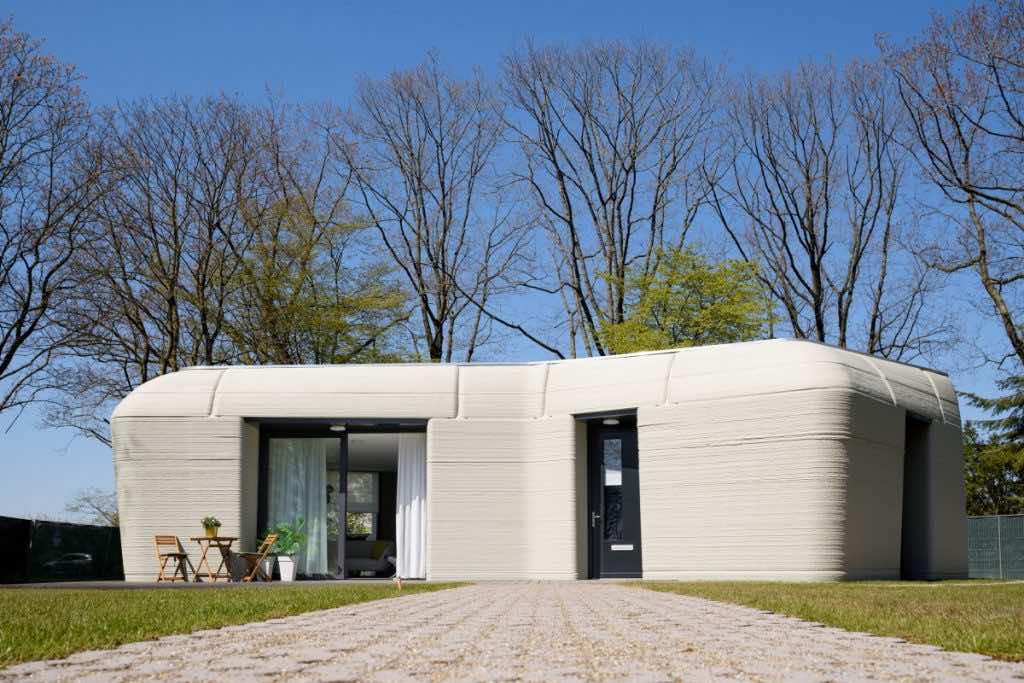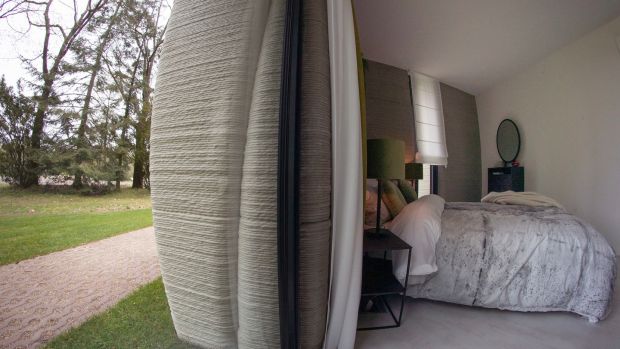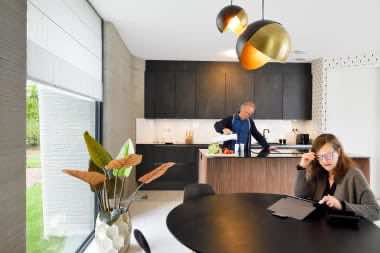3D printing in construction is making its way into the mainstream. Houses and even buildings are being built through the method and have proven to bring down the construction costs substantially.
The method was first found to be effective in building homes, however, 3D printing now is making its way into constructing small buildings. It is not only cheaper in cost, but is also a fast method of construction, compared to the conventionally known methods.

Some of the recent cutting-edge projects built using 3D printing are Luxury Texas Development, Affordable Housing in Mexico, and Netherland’s first 3D printed home. 3D printed construction complies with the local building codes that make that the method has proven to be effective time-wise, cheaper in cost, and is a safe way for construction.
The “Project Milestone” built 5 homes in Eindhoven using 3D printed construction and is the first project that falls into the larger development of the 3D printed construction category. The building measures 94 sq m (about 1,000 sq ft) and resembles a large boulder. From the inside, it looks pretty much the same as the interior of an apartment or a small house.
The built structure is well insulated and is also connected to the city’s heating grid, like any other house. Most of its space is consumed by a combined living room, dining room, and kitchen, while a bathroom and two bedrooms lie elsewhere. The 3D printed structure is airy and also allows for ample light to come in on a sunny day.

As per The Guardian, the entire printing process took 120 hours. Most of its construction was carried out in a factory where an industrial 3D printer printed 24 individual concrete sections. A cement-like mixture flowed out of a large nozzle and created the parts to be put together. The parts were then delivered to the construction site where the labor assembled those on a concrete base. Along with building its roof, the workers also gave the structure a finishing look and joined windows to complete the 3D printing construction project.
“The partners deliberately set the bar high by designing the house in the shape of an irregular boulder,” says the project’s press release. “In recent years, the necessary R&D has been done to make concrete printing possible in all sorts of forms. It was especially challenging to print the inclining walls but this has now been mastered by the project’s participants. With the knowledge gained, the door has been opened to a completely different kind of construction to the usual rectangular houses.”

One of the press representatives of the area endorsed the 3D printed house saying that “this works out around average for a house in the area.” A couple has moved into the 3D printed house on April 30 and has signed an agreement for €800 per month, excluding the bills.


